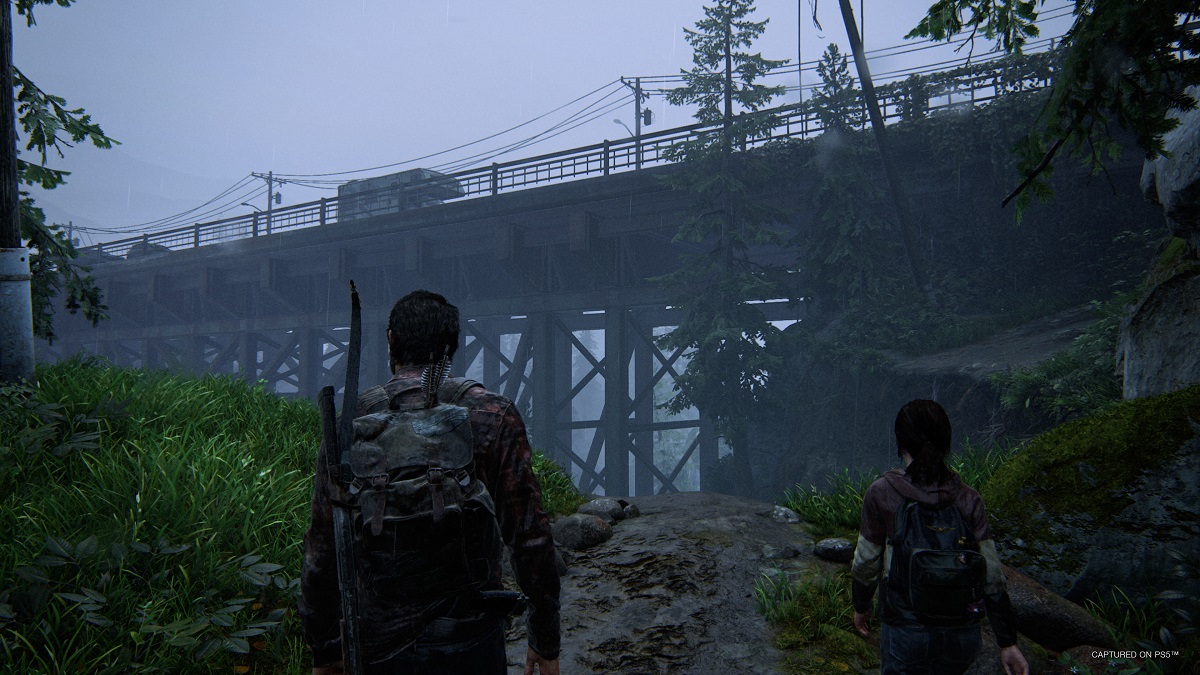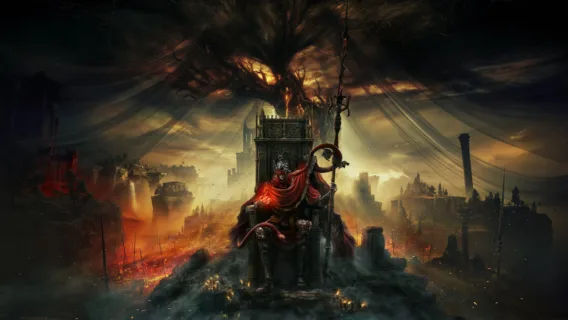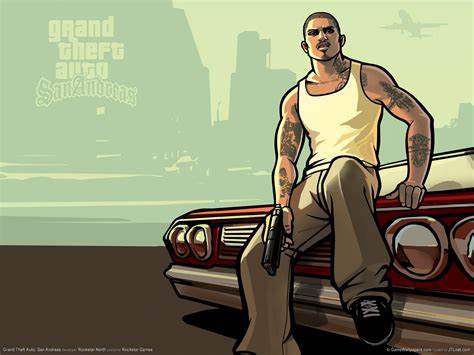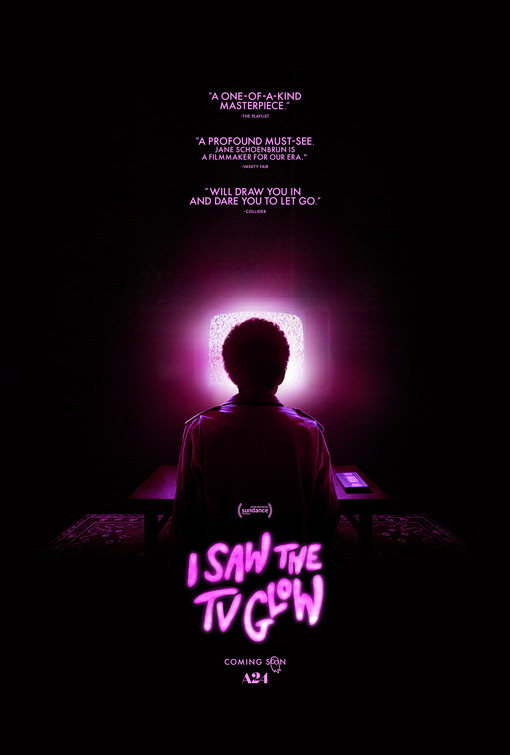The era of next-gen consoles has led to a market of remastered games, titles that initially released on the PS3 or PS4, for example, given a visual polish for the PS5. Some fans see this as a cheap cash grab, a way to milk a fan base to basically buy a game they already have just with better visuals. And that complaint has been lobbied at a new release this week that Sony and Naughty Dog insist is not a remaster—it’s a remake. What’s the difference? While working on the phenomenal “The Last of Us, Part II,” the team behind this franchise realized they could use the same graphic capabilities, gameplay physics, A.I. improvements, and accessibility components to remake the award-winning 2013 first game from the ground up to not just visually match “Part II” but essentially seamlessly play as one combined experience. The result is “The Last of Us, Part I,” which doesn’t change what worked about the original game but enhances every single element of it (other than the multiplayer offering “Factions,” which has been removed entirely—although the spin-off prequel chapter “Left Behind” is here). I have played through “The Last of Us” both on original release and when it was originally remastered, and I was still overwhelmed by this version, a game that may not technically be new but certainly doesn’t feel old either.
If you’re unfamiliar, “The Last of Us” owes a great deal to post-apocalyptic zombie fiction while also creating its own rich characters and dense world-building. (It will also be an HBO series starring Pedro Pascal next year.) There are always echoes of George A. Romero in any tale of the living dead, but a stronger influence here feels like Danny Boyle’s “28 Days Later,” complete with its barren cities and wicked-fast zombies. In this world, you play as Joel, a survivor marked by the extreme grief and trauma that you will see unfold in one of the most devastating prologues in game history. Years after the world fell apart because of a pandemic that reverses the natural process of dying, Joel ends up having to transport a girl named Ellie, who may be the only hope for the future of mankind. (“Children of Men” is an undeniable influence too.)

What’s so remarkable about “The Last of Us” is how it weds complex, character-driven storytelling with intense gameplay. Finding that balance between screenwriting and gamer authorship can be tough—we want to feel like we’re part of the story instead of just watching it unfold with a controller in our hands. Naughty Dog does this better than anyone, creating games that are richly designed while also leaving enough space for gamers to play in them.
The first thing one notices about the “Part I” experience is the visual upgrade that gives this world a density and an intensity it hasn’t had before. Not only are the backgrounds and settings more richly detailed, but the tactile nature of them has been drastically upgraded. When bullets ring out near you and strike concrete or wood, you can hear them fracture and see them splinter. It adds to the tension in a way that can’t be underestimated, as does a drastically improved enemy A.I. The many people who are trying to kill you in “Part I” are quite simply smarter—they will flank and communicate in ways they never did before, making the game harder even for those of us who know it by heart. There have been remasters that truly did feel like merely putting a new can paint on an old car, but “The Last of Us, Part 1” has an entirely different engine. It simply feels different when you get behind the wheel.
The chance to remake “The Last of Us” also opened the door to the Naughty Dog in terms of accessibility. This game boasts more in that department than any previous title, allowing for blind players, deaf players, and other players with accessibility needs ways into this universe. It’s best to just let Game Director Matthew Gallant explain this because it’s pretty cool: “The biggest new feature we have are audio descriptions for cinematics. We partnered with Descriptive Video Works, a professional service whose background is TV, movies and video game trailers, and integrated it into the cutscenes and across all our localized languages. Another, which started as a prototype but ended up being really successful during playtesting is a feature that plays dialogue through the PS5 DualSense controller as haptic feedback. That way a deaf player can feel the way a line is delivered, can feel the emphasis, along with the subtitles to give some sense of how that line is delivered.”
There are also numerous ways to replay the game after a first run, including a speedrun feature that puts your time in the corner of the screen and a dense array of new collectibles to be found in the environment, ways to customize Joel & Ellie’s journey to make it feel fresh yet again.

The world of “The Last of Us” is about to explode again with the HBO series and the eventual release of a controversial third game, one that Naughty Dog promises will be as big as the other titles even though it’s a multiplayer-only experience. Creative Director Neil Druckmann has revealed that an outline exists for “The Last of Us, Part III,” which is clearly many years away. Until then, gamers will go back to the first two games, especially with interest reignited by the HBO show. And they will likely, from now on, use this version of the first game as the entryway to this world, one of the most essential in the history of the form.
A review copy of the game was provided by Sony.












